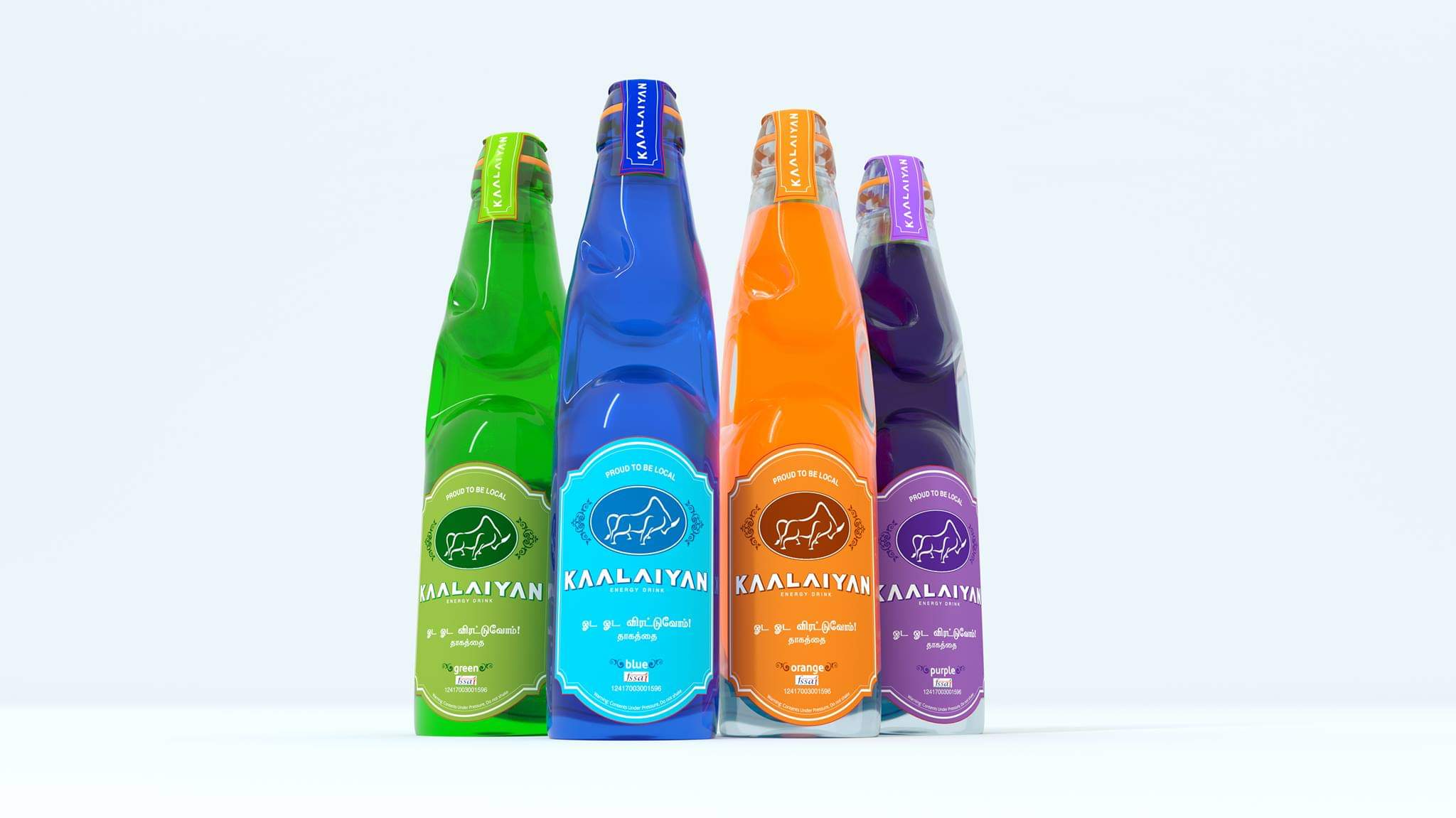When you go to a restaurant and if you happen to be a teetotaler( or you are not in the mood for anything alcoholic that day), what do you order upfront? Fresh lime soda, either sweet, salted or mixed.What is this soda? Nothing but carbonated water. Usually arrives on your table pre-mixed in a tall glass, chilled and with a paper straw or at times, comes in two separate glasses, one with soda and one with lime water and you mix the same as per your requirements, adding sugar & salt to taste.If travelling in Europe, the word ‘soda’ may be unintelligible to many and we need to ask for ‘sparkling water’. It comes in bottles as other cool drinks do and once the cap is opened you see, hear and feel the fizz as the carbon bubbles rise to the top.The regular water goes by the name of ‘Still water’ i.e. with no gas and so no bubbles, ostensibly.
Not sure how many of the readers would have seen these strangely-shaped bottles holding some liquid but not having metal caps to cover them at the top.These were called ‘ Goli Sodas’.If you look closely at the bottles you will note something dark and round in the neck of the bottle near the mouth and a light-colored ring surrounding it.The round thing is a ‘Goli’ or marble held in place by a rubber washer. How on earth did the goli get inside the bottle and how is one supposed to drink the liquid inside? The smarter ones may even wonder how was the liquid filled inside the bottle and then a stopper or goli placed also inside the bottle.If you had grown up in Tamilnadu in the seventies and early eighties you would have come across this Goli Soda. I am not sure if it was available in other parts of India as well. Goli soda was much cheaper when compared to the traditional bottled drinks like Coca Cola, Fanta, Gold Spot or even the localised soft drink with a distinct bottle shape albeit with a normal metal cap — Kalimark.
Fine, but can a simple soda be compared to a soft drink? Certainly not. Especially children would not get swayed by the gas-filled tasteless soda and would prefer the sweetened soft drinks. Well, the local soda-makers had a solution to this too. Apart from the plain soda which would cost a few paise ( yes, paise) there were variants like Panneer Soda ( soda with rose-water smell), ice-cream soda and even what were called ‘Colours’. The same Goli soda bottles were filled with locally made soft drinks matching the dark colour of Coca Cola or the orange of a Gold Spot. The price? A few paise more than the plain soda but way below the cost of a soft drink. If you wanted a lemon soda, you would order a plain goli soda, stick your thumb into the mouth of the bottle and tap your thumb with the other hand in an experienced way. Lo and behold, the goli or marble will move from the washer and settle in the ledge near the waist of the bottle. Pour the soda into a glass and squeeze some fresh lemons into it. Lemon soda ready! As a child, it was a tad difficult not only to open the bottle by knocking the marble inside but also drinking straight from the bottle, as the marble would keep moving in the ledge portion though it would never come back up and get stuck tight to the rubber washer.
These goli soda factories were many and in every nook and corner. They catered to a limited localised clientele, they did not have a brand usually, no distribution costs, no advertising overheads, no strict quality controls and the bottles could be easily recycled. Hence the low price. If a bottle was accidentally broken by a customer, he had to compensate the soda factory owner for the cost of the bottle as well.
Coming back to how the goli takes its appointed place at the neck of the bottle, we need to look at the process itself apart from the structure of the bottle. The bottles are named Codd-necked bottles after their inventor Hiram Codd. These bottles are shaped as shown in the picture and are usually made of thick glass to withstand the pressure of the gas. The bottles are filled upside down under pressure. As the liquid flows into the bottle the pressure of the gas forces the marble or goli down towards the mouth where on coming in between the rubber washer, it seals the bottle tight. With soft drinks and soda in metal cans, PET bottles and a general bad name being given to aerated drinks of any kind on health grounds, the heady days of the Goli Soda is over. Yes there are soda factories still, but not very popular.
After a Tamil film by the name ‘Goli Soda’ was released, there was again some interest generated in this product of a bygone era. One company has come out with branded goli-sodas in coloured Codd-necked bottles in multiple flavours , but alas……. the price is certainly not cheap as this now serves more as a remembrance of the days gone by for some and a complete novelty for Generations Y & Z.
Discover more from BalasBroadcast
Subscribe to get the latest posts sent to your email.

